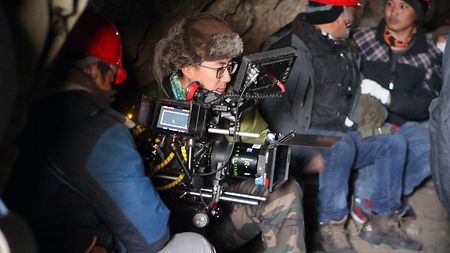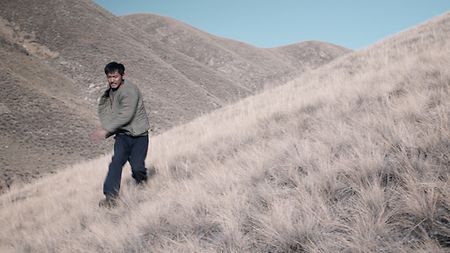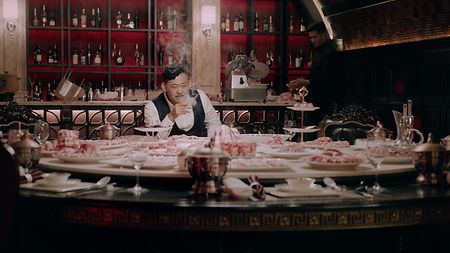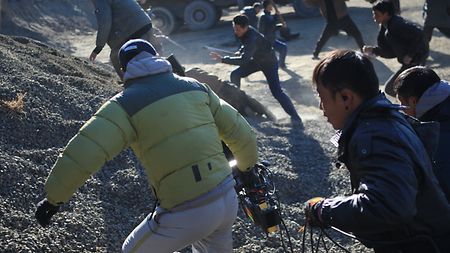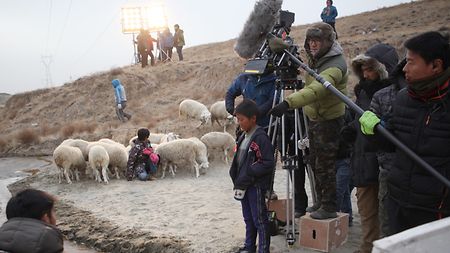This is your second time working with Xin Yukun, could you please share some of the stories behind your collaboration?
I met with Director Xin Yukun initially in 2007, and "Wrath of Silence" was actually the first film he wanted to make. Due to various reasons, it ended up becoming his second feature project and we worked on "The Coffin In The Mountain" together first. Yukun and I come from the same province in northwest China, and he frequently went back there to scout for locations to shoot. When he decided to make "Wrath of Silence" and I saw the script in May 2016, I was really excited about the project, since we had come to an unspoken agreement years before. There were many elements from our childhood in the story and I could visualize many scenes before they were even shot. We actually tried to create this particular look when we decided to shoot "The Coffin In The Mountain," but it didn’t really fit the script. Therefore, we were anxious to explore the look again for "Wrath of Silence."
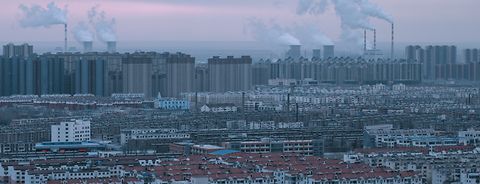
ARRI behind the scenes on "Wrath of Silence"
Director Xin Yukun’s critically acclaimed film, "Wrath of Silence," is a tough crime thriller set in a Chinese coal mining district. The film’s Director of Photography, He Shan, spoke to ARRI about how ALEXA Minis, Master Anamorphic lenses, ARRI Lighting, and ARRIRAW workflow helped him realize his dark vision for the project.
